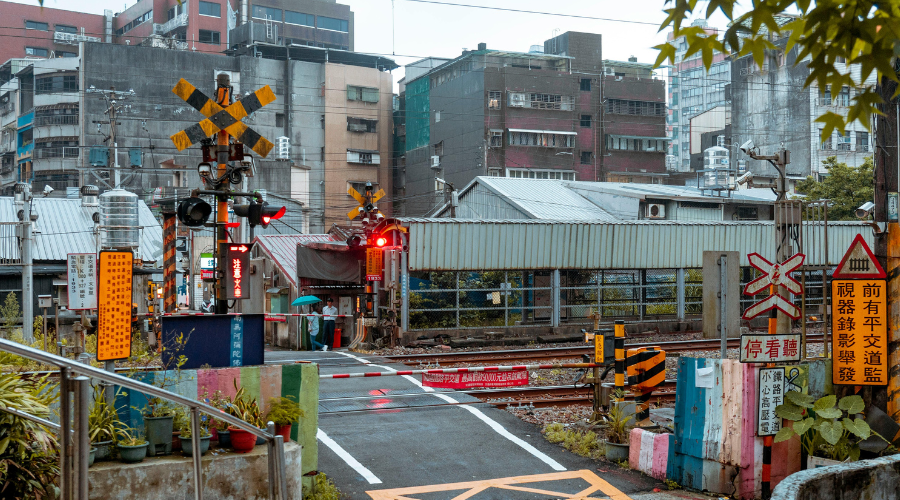
Railroad crossing
Japanese Name:
踏切
Romaji Name:
fumikiri
Description
↓↓
A level crossing (also known as a railroad crossing or foot crossing) is a place where a railway track intersects a road, pathway, or another type of public route. At these crossings, vehicles or pedestrians cross over the train tracks at the same level, rather than via an overpass or underpass. Level crossings are marked with various warning signs, lights, and gates to ensure safety, as they present potential risks for accidents due to the presence of trains.
History
↓↓
Railroad crossings are intersections where a road crosses railway tracks at the same level.
They originated in the early 19th century with the expansion of railroads in Europe and North America.
Initially, crossings were unmarked, and accidents were common, leading to the introduction of gates, signals, and bells.
In Japan, railways began in the late 19th century, and level crossings became essential for connecting towns and facilitating transportation.
Over time, automated barriers, lights, and warning systems were installed to improve safety for pedestrians and vehicles.
Today, railroad crossings are standard worldwide, combining technology and design to ensure safe interaction between road and rail traffic.